Interviews
Washing for Filipino bachelors
She (my mother) got up early in the morning to do her laundry for the Filipino bachelors. And there were no washing machines in those days, so everything had to be pounded and all the red dirt she had to scrub with a red soap, they call it red soap. And then after scrubbing and pounding, she would take it outdoors and boil in a big, huge can over an open fire. And that was heavy work, you know, in her pregnant condition. And so, she got up 4:30 and did her laundry and then late at night, she would do her ironing. And we had...she had only a charcoal iron to do her ironing. And so, she had to first heat the charcoal on a hibachi, and she had to feed the charcoal iron, if at the plantation village, she had to feed the charcoal iron—I mean, the charcoal into that cast iron. It was very heavy.
And we had only one electricity dangling from the ceiling. So, with that one light in the ceiling, I did my homework late at night. I was the last one to go to bed and I kept my mother company because she used to do ironing on the floor, with the ironing board. And so, under the single light, I would do my homework for English school and Japanese school.
Date: February 19, 2004
Location: Hawai'i, US
Interviewer: Lisa Itagaki, Krissy Kim
Contributed by: Watase Media Arts Center, Japanese American National Museum.
Explore More Videos

Marrying Bob against family’s wishes
(b.1920) Japanese Canadian Nisei. Established the Ikenobo Ikebana Society of Toronto

Growing up in a Japanese American family
(b. 1967) Hawai`i-born professional fighter in Japan

Death of sister in October 1942
(1915 - 2011) Nisei florist who resettled in New York City after WW II. Active in Japanese American civil rights movement

Learning Japanese at school and at home with family
(b.1951) Co-founder and managing director of San Jose Taiko.

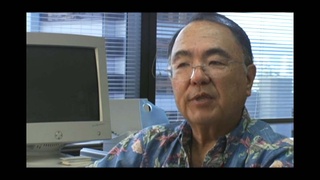

Being accepted as biracial family
(b.1944) Founder of Kobayashi Group, LLC

Memories of railroad workers who stayed at family's prewar hotel in Spokane, Washington
(b. 1923) Chick sexer

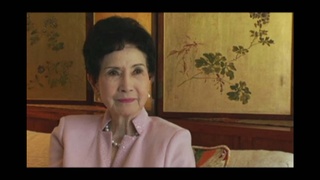
Growing up with Japanese language and values
(1925 - 2018) Nisei educator from Hawai‘i
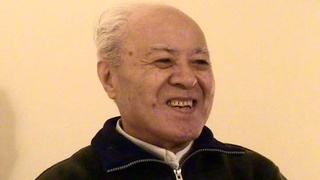
Running a laundry service in Argentina (Japanese)
(b. 1917) Okinawan, Issei Argentinean
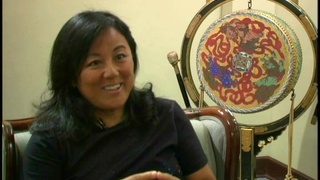
I’m a Japanese, Peruvian… who am I? (Spanish)
(b. 1962) Peruvian Poet, Okinawan descendant

Fitting back into American life
(1928 - 2008) Drafted into both the Japanese Imperial Army and the U.S. Army.

Helping youth in the community
(1928 - 2008) Drafted into both the Japanese Imperial Army and the U.S. Army.
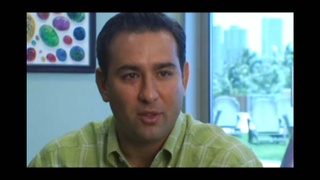
Three important things learned from father
Hawaiian businessman, developer.
